#LADANGHUTAN
Losing Trees and Identities
In Kelantan, Orang Asli struggle to keep their culture alive as forests are turned into plantations. With their natural sources of materials for rites and food destroyed, they suffer spiritually and physically.
Producer/writer: YH Law; Editor: SL Wong
Produced in collaboration with the Rainforest Investigations Network at the Pulitzer Center.
Published: 16 March 2022
(Due to forest loss, the Temiar villagers of Kampung Kaloi, Kelantan, are struggling to find the natural materials needed for traditional rites like sewang. | Pic by YH Law)
#LADANGHUTAN
Losing Trees and Identities
In Kelantan, Orang Asli struggle to keep their culture alive as forests are turned into plantations. With their natural sources of materials for rites and food destroyed, they suffer spiritually and physically.
Producer/writer: YH Law
Editor: SL Wong
Produced in collaboration with the Rainforest Investigations Network at the Pulitzer Center.
Published: 16 March 2022
(Due to forest loss, the Temiar villagers of Kampung Kaloi, Kelantan, are struggling to find the natural materials needed for traditional ceremonies like sewang. | Pic by YH Law)
This is Part 4 of our four-part #LadangHutan series.
ON THE evening of 21 November 2021, Along Busu sat alone in a corner of Kampung Kaloi’s community hall in Kelantan. He has been blind for years, but he would have felt the villagers pacing on the bamboo floor.
His wife, Muna Angah, lay in the room behind him. She had been coughing incessantly for months and suffered bouts of lethargy. Visits to the general hospital in Gua Musang, about 55 km away, had not helped.
And so, Along was about to do what his ancestors have done for generations – conduct a sewang to consult ‘higher powers’ for guidance and help.
The 13 households of Kampung Kaloi are Orang Asli of the Temiar tribe. They believe that superhuman beings or spirits reside in the earth, rivers, and trees. These are the “Raja”, “Naga”, and “Datuk”.
Along himself, being the Tok Halak, or shaman, would lead the sewang ceremony to invite the spirits and ask their help to heal Muna. Spirits summoned in past sewangs had forewarned him of the disastrous floods in December 2014, and helped his daughter-in-law through a difficult labour.
But sewangs are harder to do now as the forests around Kampung Kaloi are replaced with plantations of rubber trees grown for latex and timber.
Since 2016, huge tracts of forests to the south and west of Kampung Kaloi, and north beyond the mountains, have been turned into forest plantations. These areas are inside the Gunung Stong Selatan and Berangkat forest reserves in Kelantan.
Read our #LadangHutan series
Part 1:Tree Farming Gone Wrong
Part 2: Forest Plantations in Reserves: Quick to Cut, Slow to Grow
Part 3: The Problems and Promise of Forest Plantations in Kelantan
The land around his village “is all licin (slippery) now,” said Along. “Our lives were easy, no hunger, nothing. Now we can’t even plant ubi (tapoica)…We are surrounded by plantations of outsiders.”
Other villagers rattled off a list of fruits that used to be common in forests once virgin or selectively logged. Logging in the past took only the larger trees, they said. “[The loggers] didn’t develop plantations,” said one villager, “but now they take the land too.”
As forests disappear, so do the many foods, herbs, and materials crucial for the Orang Asli’s ceremonies and rites, and thereby their cultural identity.
Gallery: Disappearing forests
That November evening, as the sewang was about to start, people streamed into the hall. Women sat at two ends of the hall with long rectangular logs before their feet, and picked up bamboo tubes.
A few men sat in the middle of the hall, in a square demarcated by hanging leaves and below a wooden pyramid painted blue, red, and white.
Along’s brother-in-law, Jabeng Angah, waited at one side of the square with a gendang (drum) on his lap.
Hasmawi, son of Along, carried in a metal bowl that contained embers and pieces of tree resin called kemian. The smoke permeated the hall with a strong woody smell.
Along joined the men in the square. They unfolded crown-like headgear, called tempok, weaved from palas leaves, passed them through the kemian smoke, and wore one each.
Suddenly, Jabeng started drumming, and the women followed his rhythm by stamping their bamboo tubes on the logs.
Along started chanting loudly. He seemed to be singing one moment, then calling out to someone the next.
The men on the mat held bunches of dark green calon leaves in their hands, and a few minutes into Along’s chanting, they smacked the calon leaves hard against their arms. Along, Hasmawi and the others began to flick their heads vigorously.
“Spirits have entered them,” explained a villager. “They are not themselves now.”
Muna, frail and expressionless, was carried into the hall by her daughter. Along touched his head to his wife’s belly and blew air through his fist onto her skin. Hasmawi did the same, whispering words into his fist as he did so. They were citing jampi, or incantations.
Over the next hour, Along and the men, still in a trance, took turns blowing jampi through their fists onto Muna. Along scrubbed her back with calon leaves too. Other men and boys walked in circles around the mat, swaying to the gendang’s rhythm.
Suddenly, the gendang stopped. Along and the other men stood around Muna and sprinkled berteh – grains of hill paddy that is roasted like popcorn – on her. Then they counted the number of berteh remaining in their hands.
The Tok Halak had earlier decreed a number that should be counted – one of either an odd number, even number, or multiples of a number. If the total was a number that fit that, then it was a good omen from the spirits.
Gallery: A sewang in Kampung Kaloi
Sewangs are integral to Orang Asli culture. They perform a sewang to appease spirits, avert natural disasters, and seek guidance on health, farming, and major decisions. And just as important – perhaps more so – a sewang unites the community in common goals and concerns.
Regardless of what the Raja or Datuk would reveal, a sewang brings everyone under one roof in a union of songs and rites.
But sewangs require the use of natural materials from surrounding forests. And since logging began in their surrounding forests about 15 years ago, the people of Kampung Kaloi have been struggling to find many of these essential materials.
For this ceremony, the community collected the calon leaves from a regenerating forest by the Gua Musang town 55 km away. They requested kemian resin from other Orang Asli in Pos Belatim, 20 km away through the forests. And the bamboo tubes the women used for rhythm? Those were harvested about 10 km away from their village.
These materials for sewangs, and the palm leaves and rattan used to build the community hall, were common in nearby forests, said Along. But much of those forests are gone now.
Gallery: Materials needed for a sewang
Kampung Kaloi villagers live in fear of elephants, tigers, and sunbears. They complain of violent and more frequent wildlife conflict which they attribute to the destruction of their surrounding forests.
Elephants used to avoid people, but of late, elephants had ransacked banana farms, damaged motorcycles, nipped sugarcane from inside houses, and wrecked burial altars.
Because the forests have been cleared, “the forest elephants are angry, they have no food, no shelter,” said Along Busu. “Only our place has bananas.”
The Department of Wildlife and National Parks Peninsular Malaysia had installed devices around Kampung Kaloi that could supposedly deter elephants. The villagers do not know how the devices work, though they suspect the elephants dislike the blue light emitted by the devices.
The afternoon after the sewang, an elephant barged into Kampung Kaloi’s farm.
But Along’s people are fighting to protect their forests and way of life. They had erected blockades and are working with lawyers to defend their customary land rights.
His son, Mustafa Along, heads the Network of Kelantan Orang Asli Villages (Jaringan Kampung Orang Asli Kelantan) and champions their customary land rights.
Forests are “the source of our culture and way of life,” said Mustafa. When forests are cut, “we feel stolen, robbed.”
“Selective logging isn’t as bad as clear-felling,” which “replaces [forests] with rubber trees, then the value of the forest is gone. No more value.
“We ask the government to stop clear-felling. We ask the government to conserve and rehabilitate the forests; we Orang Asli can help.”
Back in the community hall on the night of the sewang, the participants started whispering among themselves. Muna’s children began to sob as they sat her up. The berteh showed a bad omen.
Time seemed to slow. The children who had been playing in the next room now huddled together, their eyes wide open, staring at Muna.
She passed away a month later. Kampung Kaloi held a 4-day feast to celebrate her departing spirit.
Away from the feast, at the western, quieter end of the village, one could hear the chainsaws working behind the hills.
This is the last of our 4-part #LadangHutan series investigating forest plantations in Peninsular Malaysia.
Part 1: Tree Farming Gone Wrong
Part 2: Forest Plantations in Reserves: Quick to Cut, Slow to Grow
Part 3: The Problems and Promise of Forest Plantations in Kelantan
Acknowledgement: We thank Dr Colin Nicholas of the Center for Orang Asli Concerns for help with the terms on Orang Asli rituals.
Updates: 17 March 7.40am – Description of the sewang was corrected to show that the ceremony summons spirits that would speak to the shaman; bamboo ‘sticks’ were changed to ‘tubes’; Awie’s name was changed to his full name ‘Hasmawi’; and Along’s original quote of “licin” was included in place of an English translation.
- Forestry Department Peninsular Malaysia. 2017. Garis Panduan Penubuhan Ladang Hutan.
- Forest Research Institute Malaysia. 1997. Prospects for forest plantations in Malaysia - potentials and challenges.
- Ratnasingam J., et al. 2020. Plantation forestry in Malaysia: an evaluation of its successes and failures since the 1970. Notulae Botanicae Horti Agrobotanici Cluj-Napoca 48: 1789-1801.
- Sahabat Alam Malaysia. 2020. Plantations are not forests.
Some materials can found in this public folder. Data used in this story will be shared after the series is fully published.

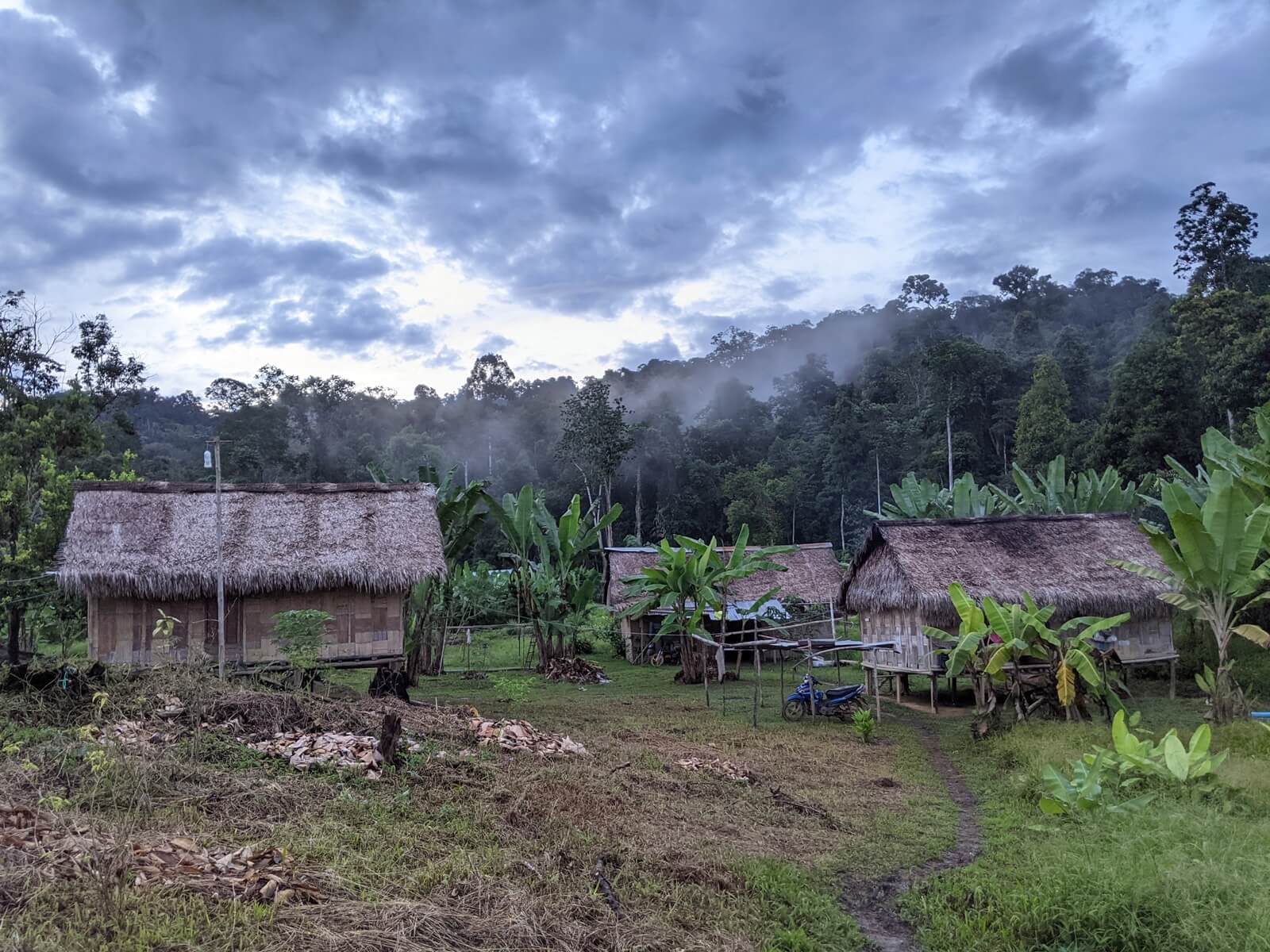


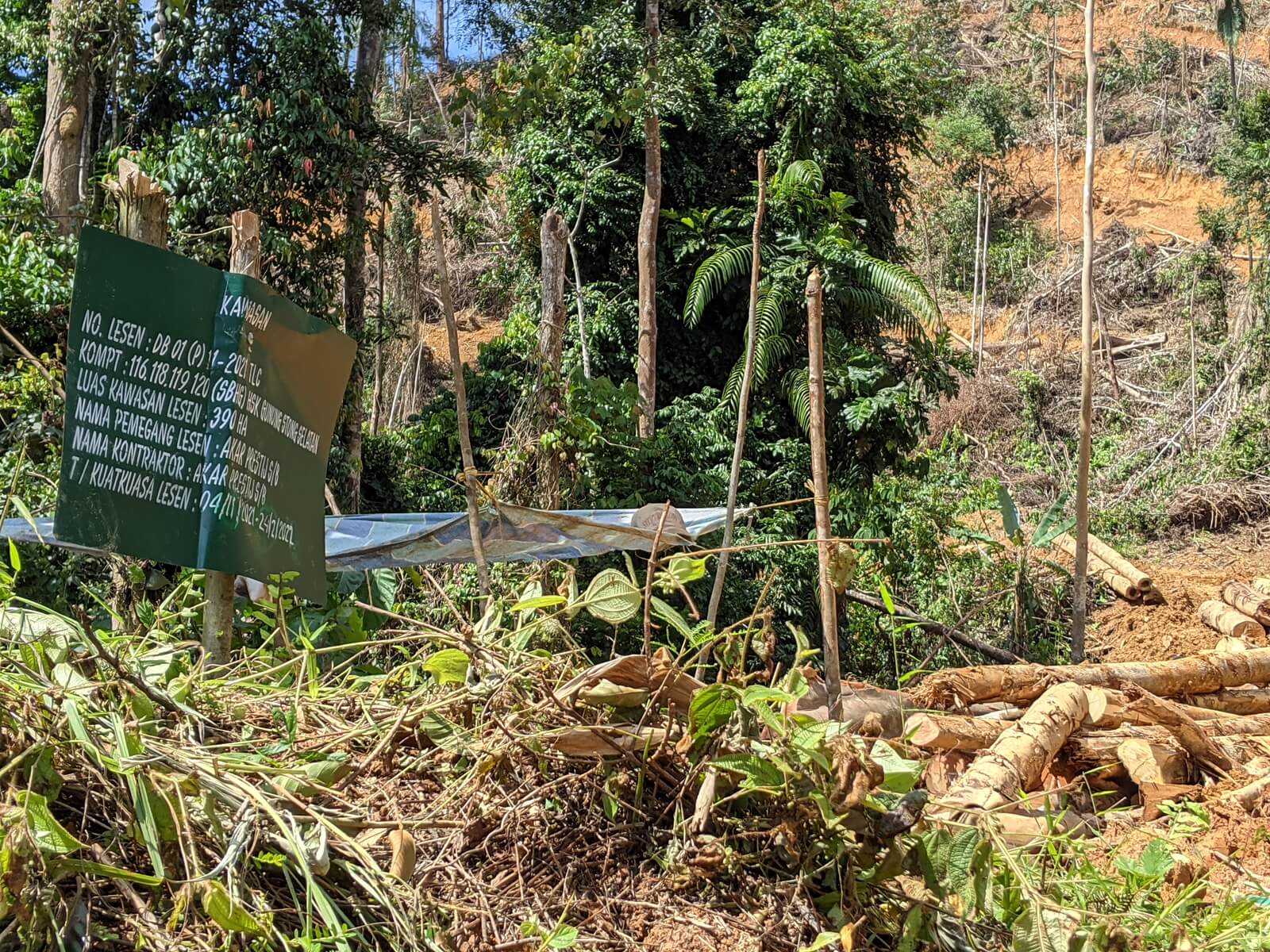

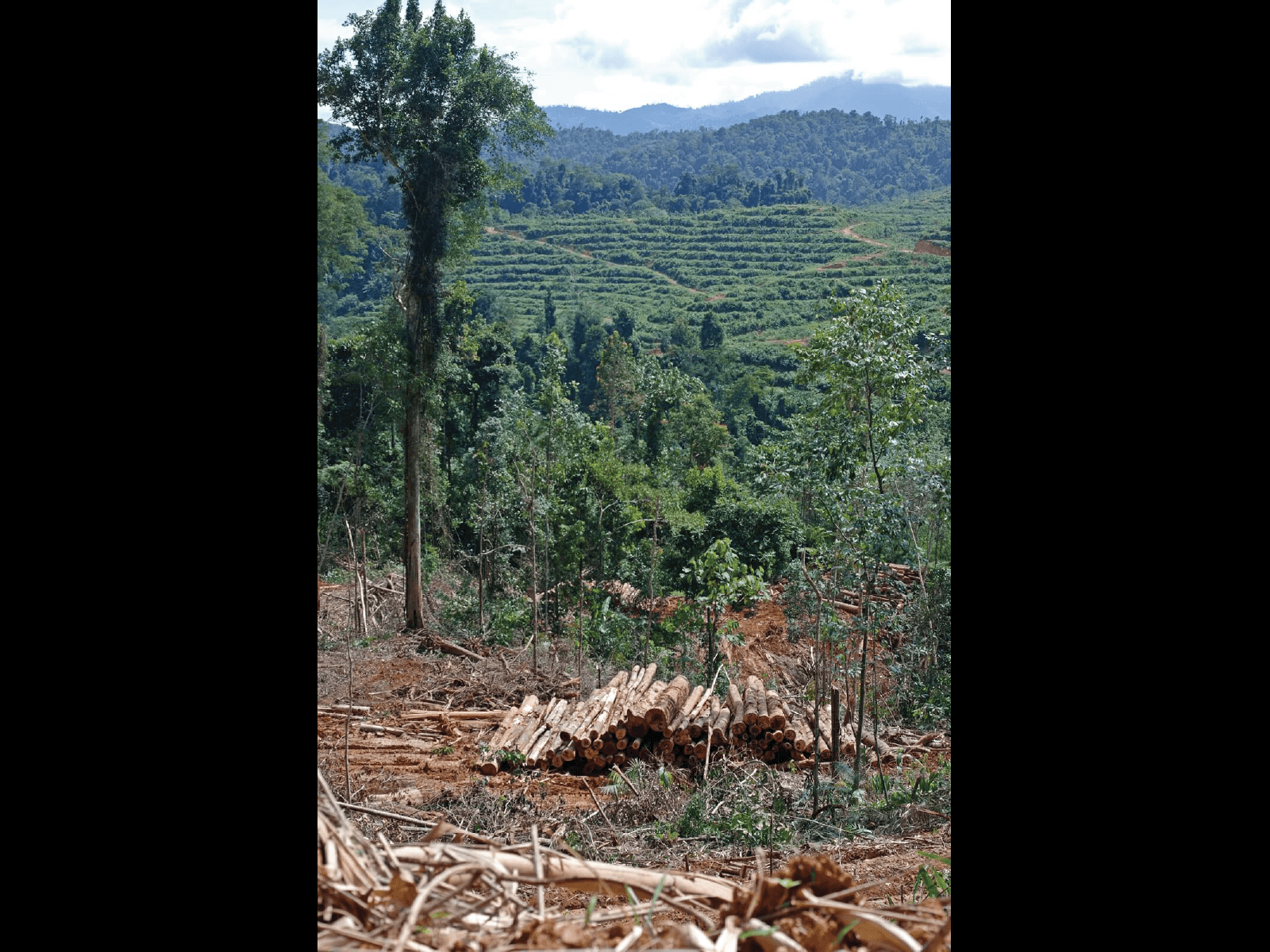





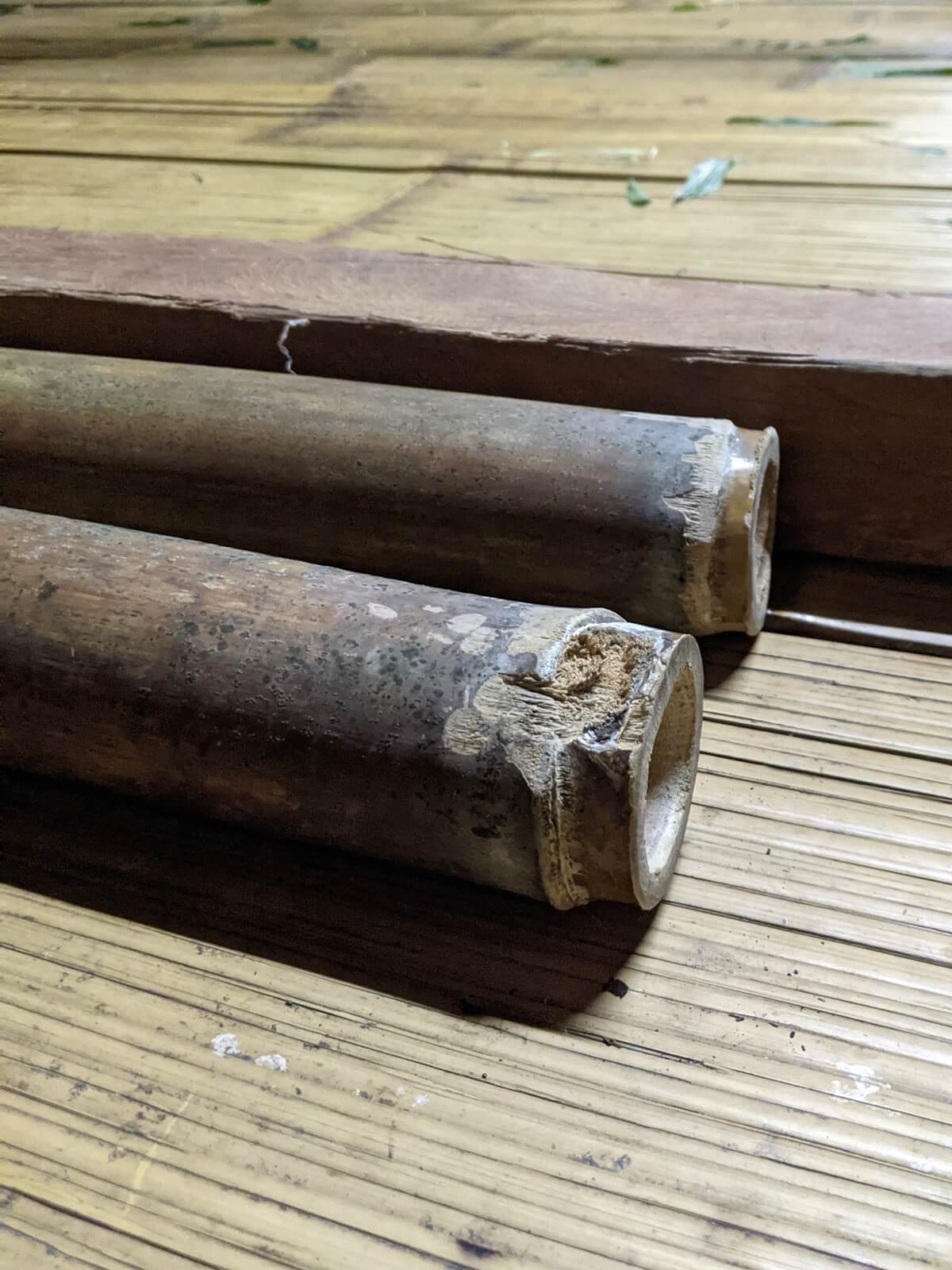

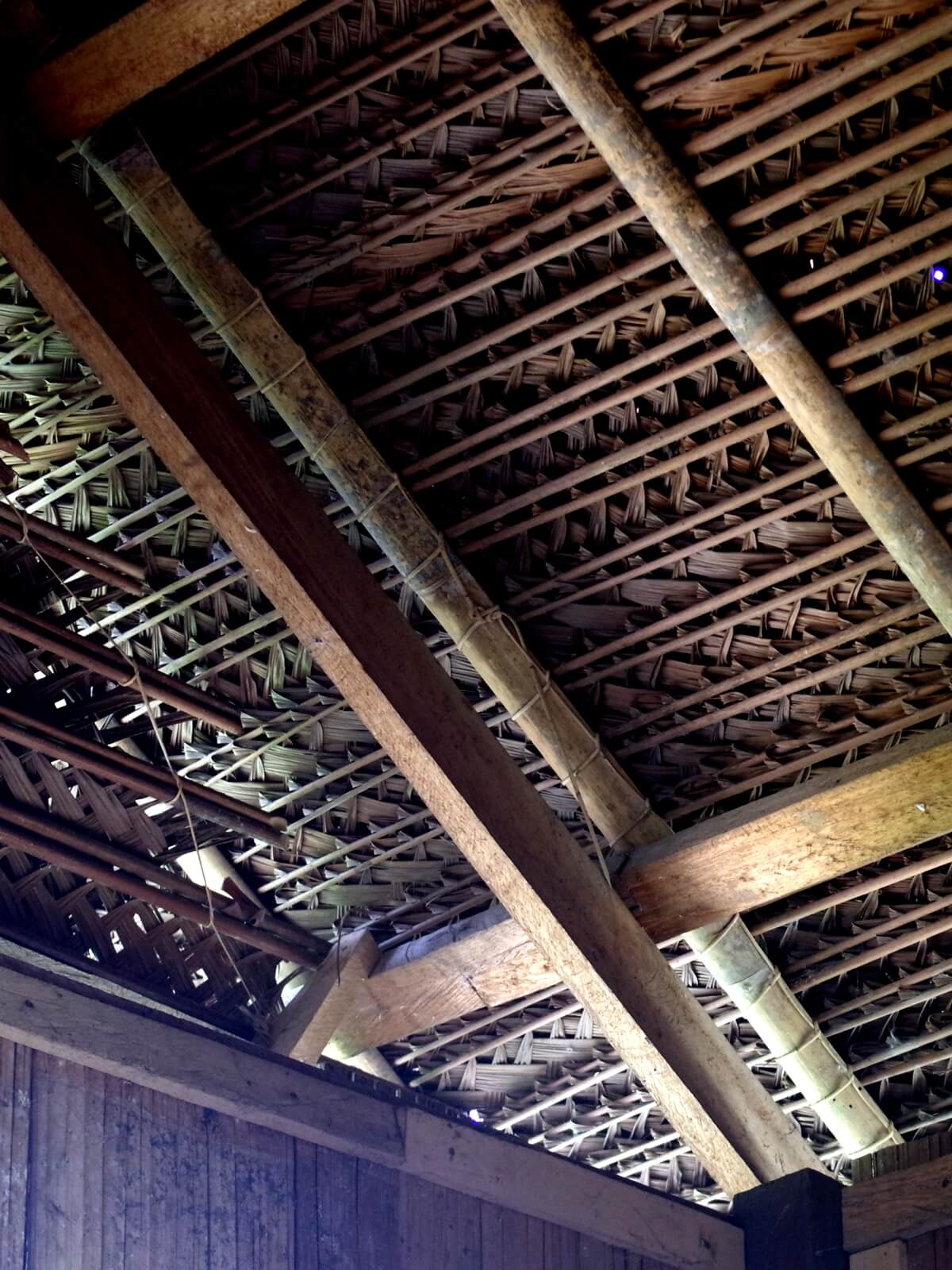
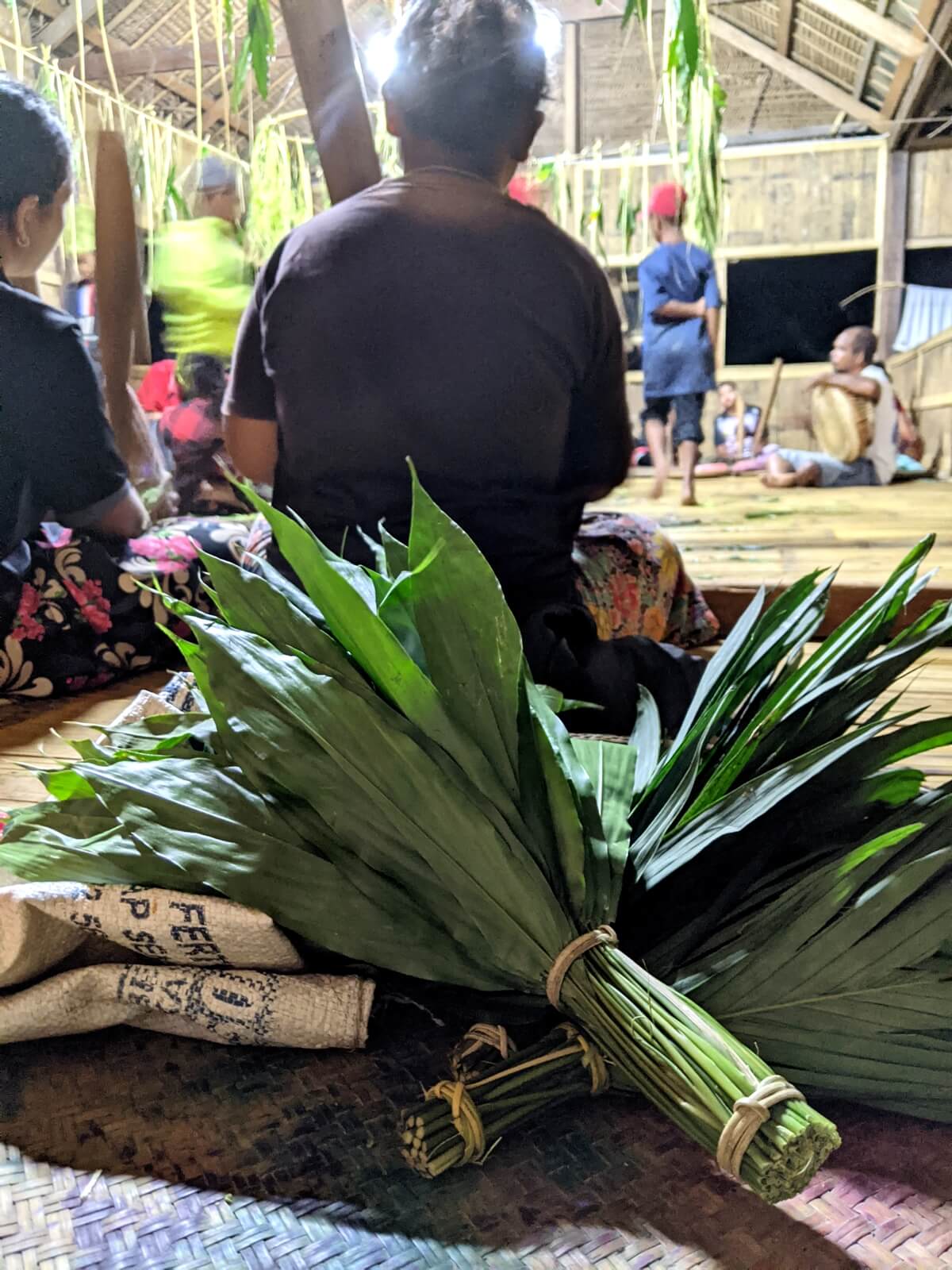

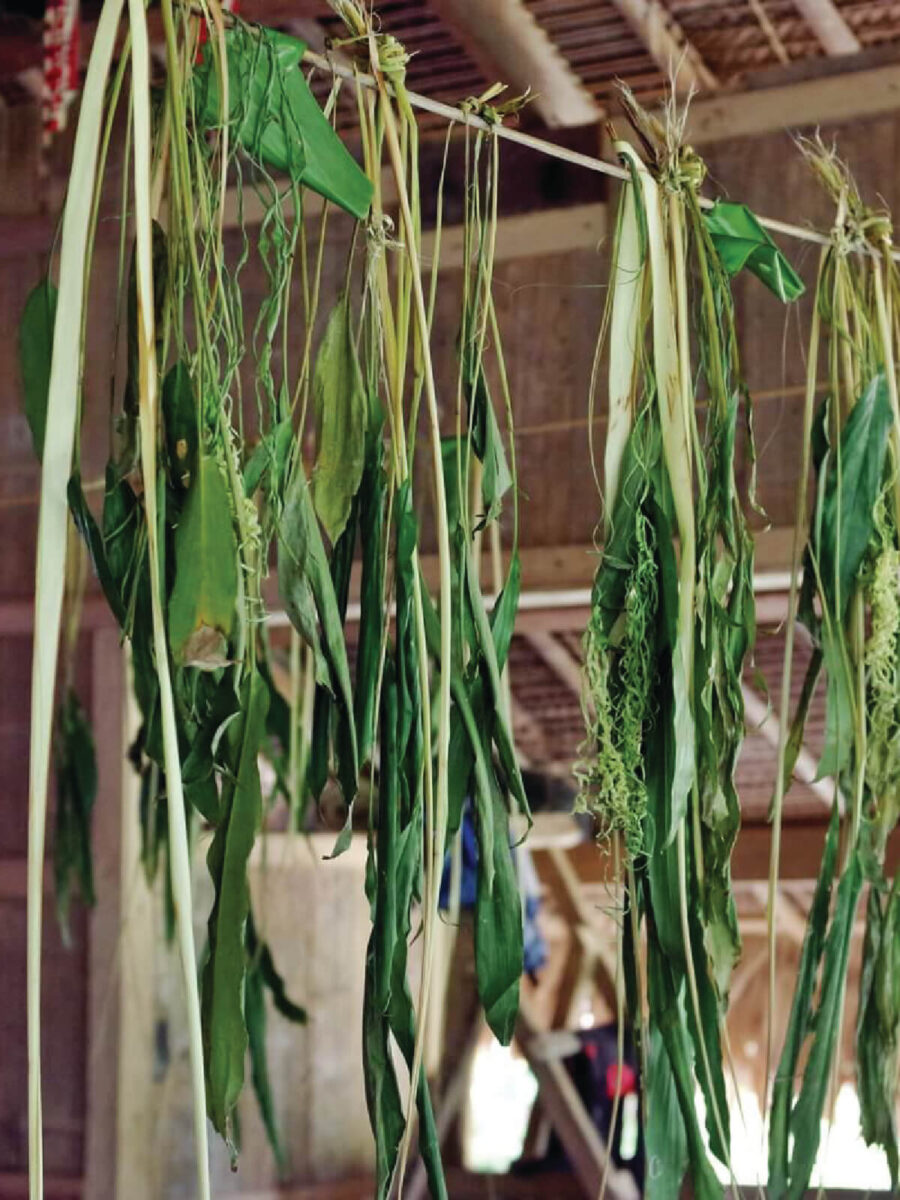
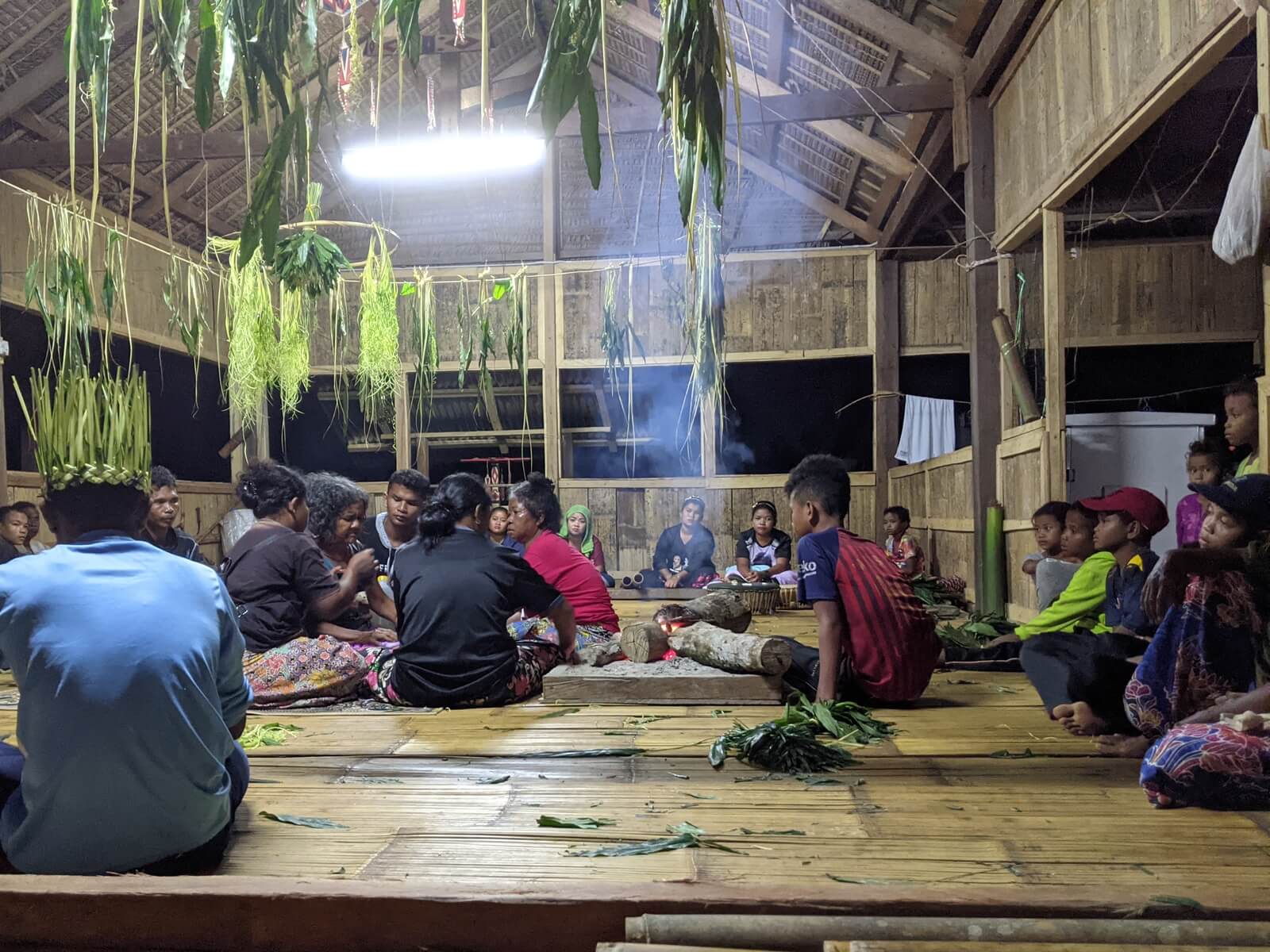

7 thoughts on “Losing Trees and Identities”
Amazing investigative work as always by Macaranga! Helps to shed light on and humanise issues that we all too often only see as statistics and shades of colour on a satellite map.
Hi Rimba Disclosure Project team, thanks for reading. Your work on uncovering documents and statistics is really important too. It just takes time for us reporters to catch up and digest – but we will get there! And yes, we need human voices to convey the real impact of what the statistics say, but let’s not kid ourselves too: the data is important and lacking. More work to do there.
Thank you – once again – for this interesting and important article. It is truly sad to read how indigenous culture is still being undermined for short term financial and political gain. And for what, for MDF and rubber latex. The world has no shortage of those low value commodities. Hopefully the realisation will come sooner than latter that the generous offer of communities to turn around the situation needs to be generously enabled.
Hi Eric, thanks for reading. The indigenous communities should definitely be part of the discussion and planning, but – as they told me – they often aren’t. Or the authorities and developers would speak with the govt agency tasked with indigenous peoples affairs, rather than speak with the communities themselves. Many concerns are lost in communication, what more when there’s lack of communication. Not all Orang Asli want forests kept intact. Some Orang Asli, even this community I interviewed, spoke of plans for rubber plantations, and they work in rubber plantations too – but they definitely do not want LARGE scale plantations that leave little forests for them, and definitely not plantations that they have no incentives to care for.
Love the amazing detailed piece that you have here. Thank you macaranga for doing this article more detailed and even the experience, pictures and the voice of one of the villagers there. It’s amazing by how they keep the culture going till today. I just started to read macaranga and I will keep on reading more ! The work are detailed, the elaboration are simple than anything I can think of, live pictures that were taken are good to proof that the forest is important to the villagers. Thank you Yao Hua Law for this piece !
Thanks for reading, Aina! Glad you enjoyed it. We were lucky to have visited the village when they were conducting their sewang. Luck matters in journalism!